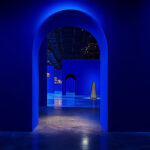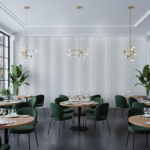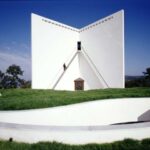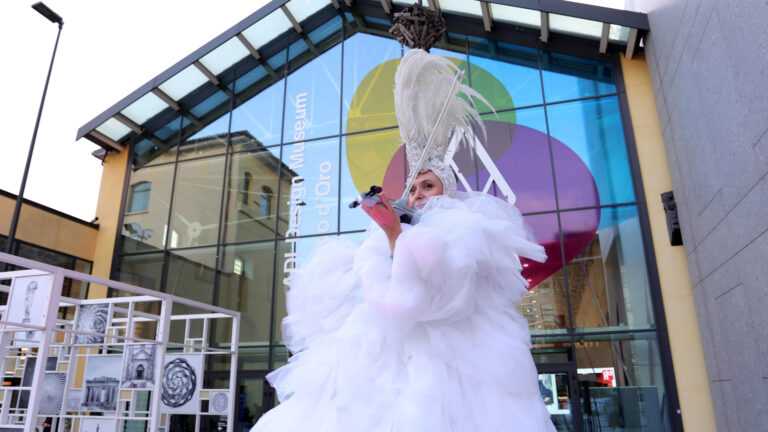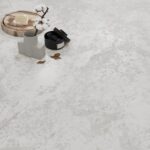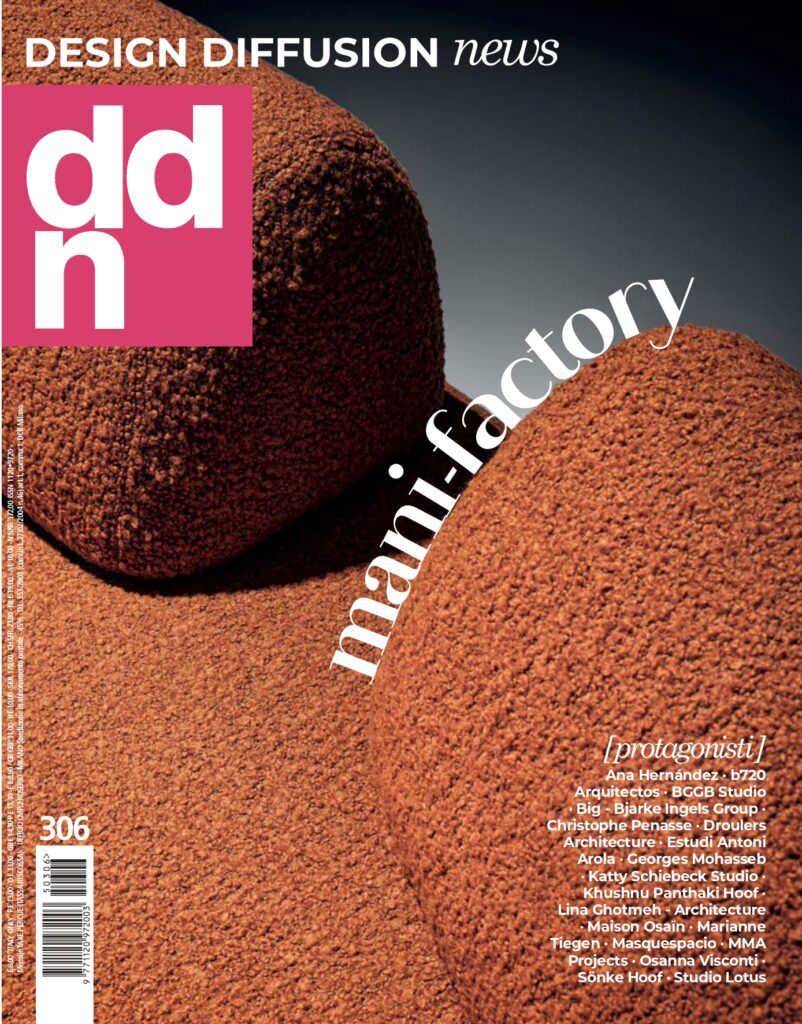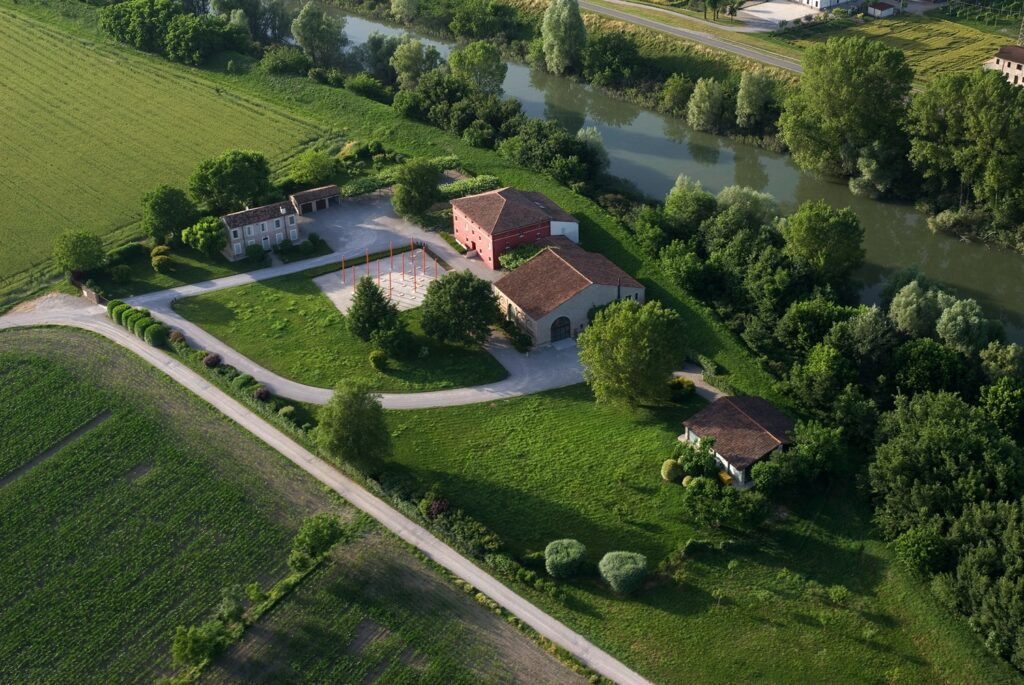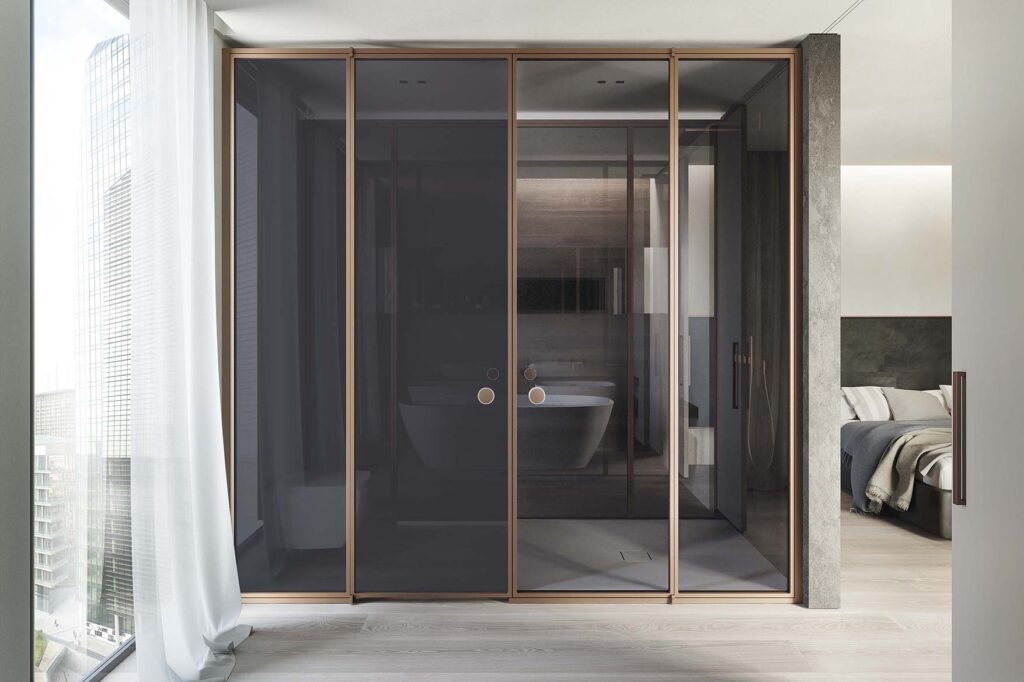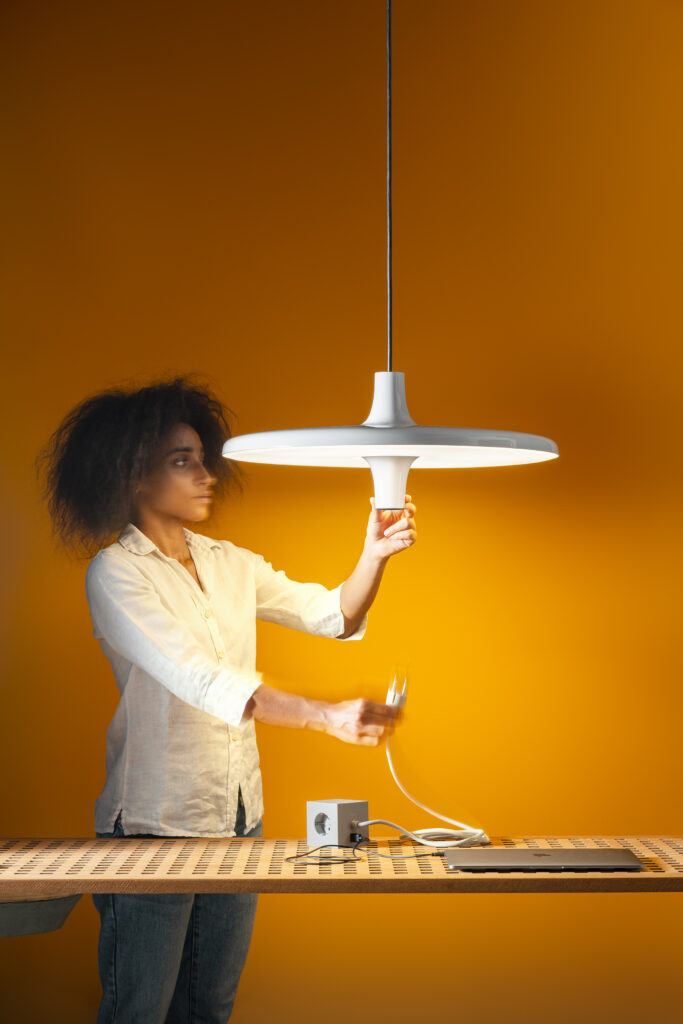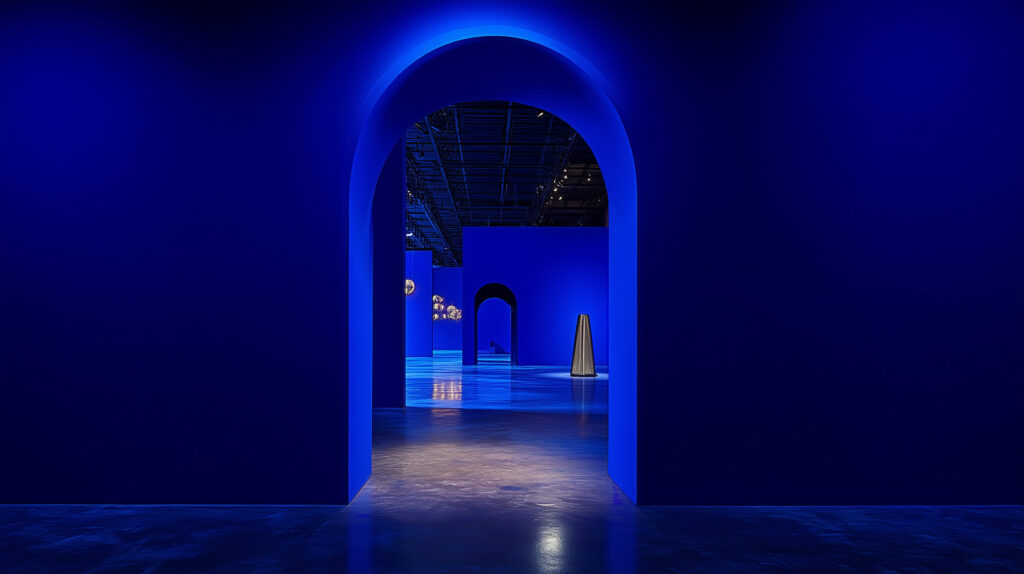“The Art of Dreams” installation titled “Gateway to Venice’s Waterway” to be exhibited in Venice
“Gateway to Venice’s Waterway” is the name of the first creative project born from the collaboration between the Norman Foster Foundation and Porsche. Architects from the Foundation and designers from the Stuttgart-based company worked together on the theme of the future of urban mobility. The result is an unusual structure that represents a vision for a transport hub in the city of Venice. The installation is part of Porsche’s design and art initiative, The Art of Dreams. The design and construction process will be documented and presented to guests during the vernissage at Palazzo Pisani Moretta and the Gateway at the Arsenale. Highlights include a selection of design studies by students envisioning various ideas for the future of mobility; these will be available to the public on newsroom.porsche.com after the vernissage. The 19th International Architecture Exhibition of the Venice Biennale, titled “Intelligens. Natural. Artificial. Collective” and curated by Carlo Ratti, will be open to the public from May 10 to November 23, 2025.
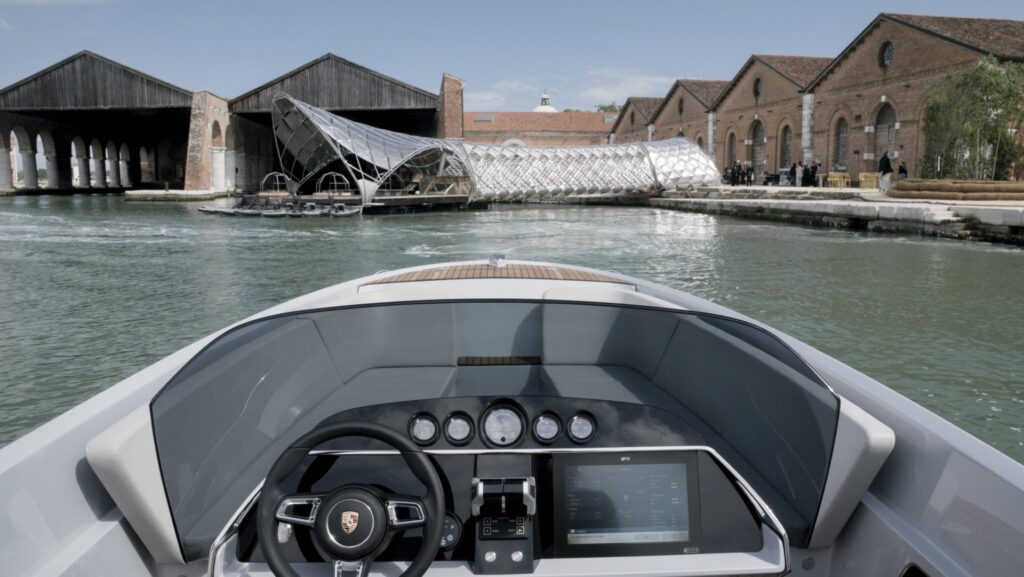
Norman Foster Foundation and Porsche: Stuttgart/Venice
“Gateway to Venice’s Waterway” addresses the current transportation challenges facing the Italian port city and aims to spark a discussion on sustainable urban change. The 37-meter-long installation is a tangible expression of the intersection between design and architecture and evokes Venice’s historic network of bridges. This visual hub serves as a gateway to electric mobility, connecting to new electric-powered transport options on water and land. These include water bikes (Schiller Bikes) and electric sports boats (Frauscher x Porsche 850 Fantom Air, featuring the fully electric drive system from the Porsche Macan Turbo). During the Biennale’s opening week, these vehicles will serve as zero-emission mobility solutions. Additional alternative urban transport concepts developed by students from Porsche Style and Studio F.A. Porsche in Zell am See will also be on display.
“Porsche has always been a brand defined by the interplay between tradition and innovation,” said Michael Mauer, Vice President of Porsche Style. “This means that, as a design team, we constantly face the challenge of strategically shaping the future of our brand in terms of identity and authenticity. The exchange with Lord Norman Foster and his studio has been a great source of inspiration. This vision, extending beyond automotive design alone, provides essential impulses for ensuring a coherent yet forward-looking orientation for our brand.”
Lord Norman Foster: “Combining heritage conservation with advanced mobility”
“Dreaming evokes the feeling of limitless possibilities and encourages us to imagine what does not yet exist. It implies coming up with bold solutions to seemingly insurmountable challenges,” explains British architect Lord Norman Foster. “In this project, dreaming meant envisioning a Venice where heritage preservation and advanced mobility could coexist. We have developed an urban innovation project that respects the past while encouraging the future.”
As the beginning of a new collaboration, the Gateway also opens up a perspective beyond architecture: the Norman Foster Foundation and Porsche will expand their partnership to further explore the future of the automobile. The exhibition features jointly created sketches that outline a vision for the future of individual mobility. These designs form the foundation for the continuation of the collaboration.
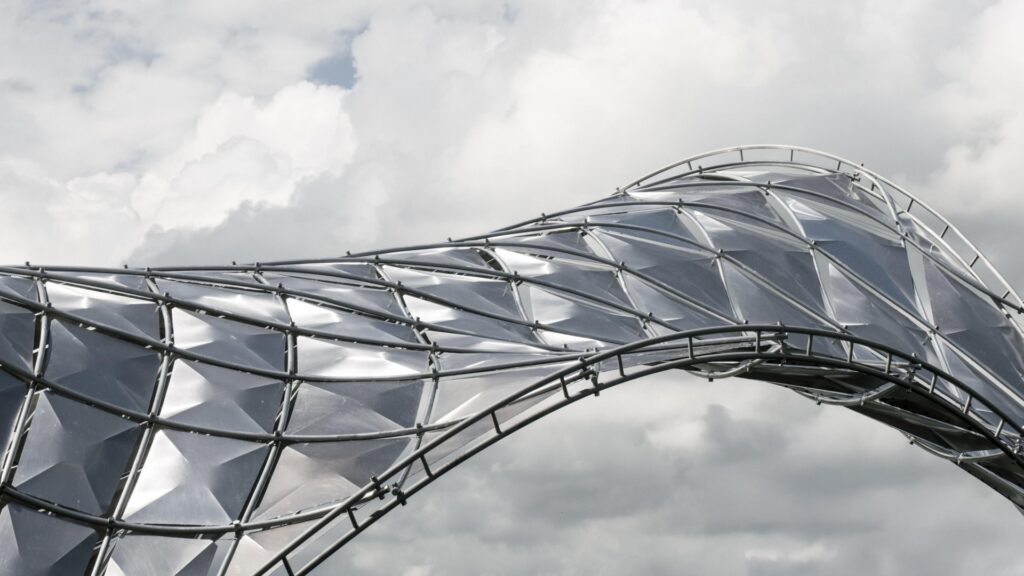
Evolved urban mobility focused on sustainability
“Intelligens. Natural. Artificial. Collective” is the theme of this year’s Architecture Biennale. The installation explores how dreams and reality converge, drawing inspiration from both nature and technology. A strong focus on sustainability, the use of recycled materials, and eco-friendly systems are evident in both the structure and operation of the hub. These methods echo the lightweight construction approach used in the Porsche 917. Similar to the tubular space frame of the legendary race car, a solid aluminum structure forms the backbone of the artwork. The kinetic surface takes inspiration from the cubic form of the new Macan and ensures minimal environmental impact while maximizing resource efficiency.
The initiative is not an isolated response to Venice’s challenges but part of a global vision. The goal is to demonstrate how a visionary project can reconcile the complex demands of modern urban life with sustainability.


